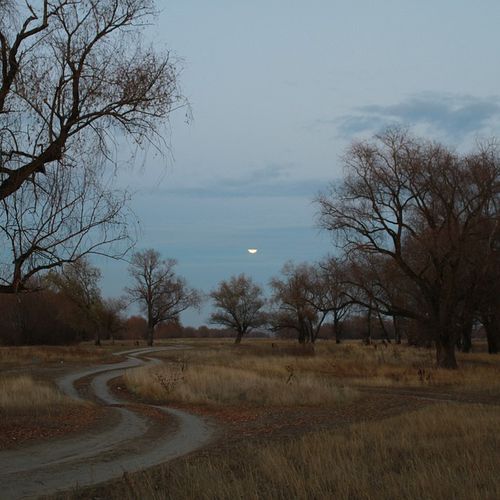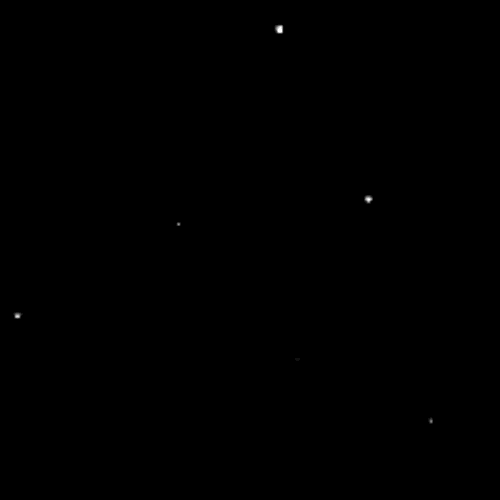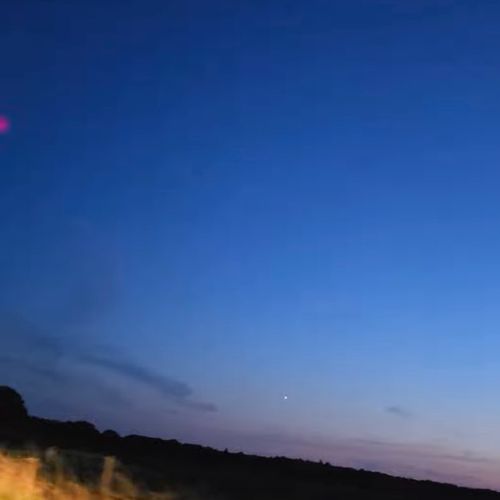| ID | #1694281452 |
| Added | Sat, 09/09/2023 |
| Author | July N. |
| Sources | |
| Phenomena | |
| Status | Hypothesis
|
Initial data
Report by L.I. Blukova on the observation of an unusual phenomenon in the city of Kohtla-Yarva of the SSR.
September 16, 1985 at 21-25 in the eastern part of the sky at an angle of about 30 degrees to the horizon (may be slightly less) I saw a bright "star" larger than an ordinary star and even larger than Venus. The "Star" sailed quite slowly from north to south along a strictly horizontal trajectory. I felt her being at a great distance.
The contours of the object were clear. The speed was less than that of the planes and he disappeared immediately.
I watched the object for about 5 minutes. The stars were not visible then. And much later, stars appeared in this place, in my opinion from the constellation of Pegasus, or those that are under it. At that time, Jupiter was already "burning" in the south, so this "star" was larger and brighter.
The weather was cloudless, the planes were not flying at this time.
Hypotheses
The heavenly bodies

The brightest heavenly bodies in the sky are Venus, Jupiter, and sometimes Mars and, of course, the Moon.
Venus is the bright yellow of the evening or morning star, shining in the sky on the background of evening or dawn. Maximum brightness of Venus can reach up to 4.3 m, and she is the third brightness of the sun in earth's sky after the sun and the moon. It so well reflects the light of the Sun that it is relatively easy to see and day, especially if you know the location. It manifests itself in the form of tiny blinking white dots.
Satellite

Ordinary satellites, which often look like single, not very bright luminous dots moving smoothly in the night sky, are quite often mistaken for UFOs. After the Starlink satellites (near-Earth satellite systems developed by SpaceX, in order to create a cheap and high-performance satellite Internet communication channel and technical transmitters for receiving and transmitting signals from earth and orbit) were launched, it became possible to observe groups of satellites (up to 60 pieces) flying one after another.
Investigation
Resume
Similar facts
Log in or register to post comments




